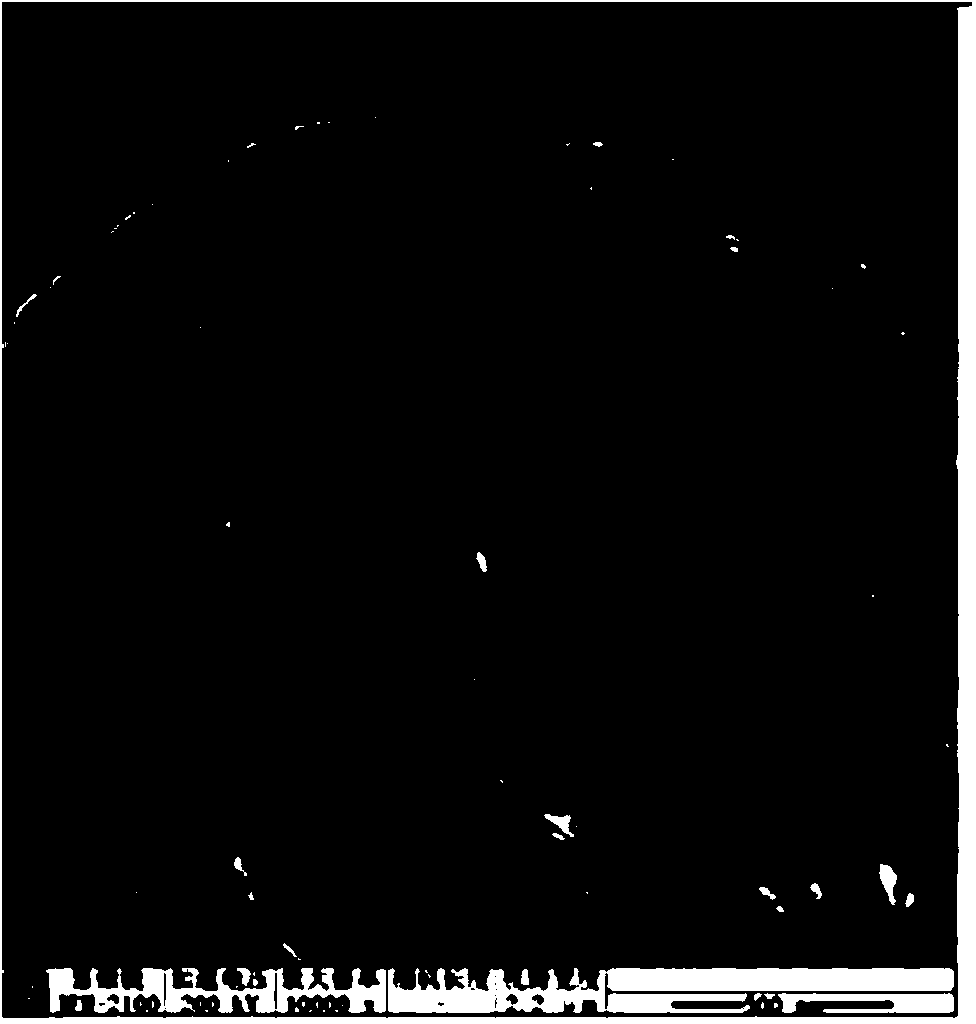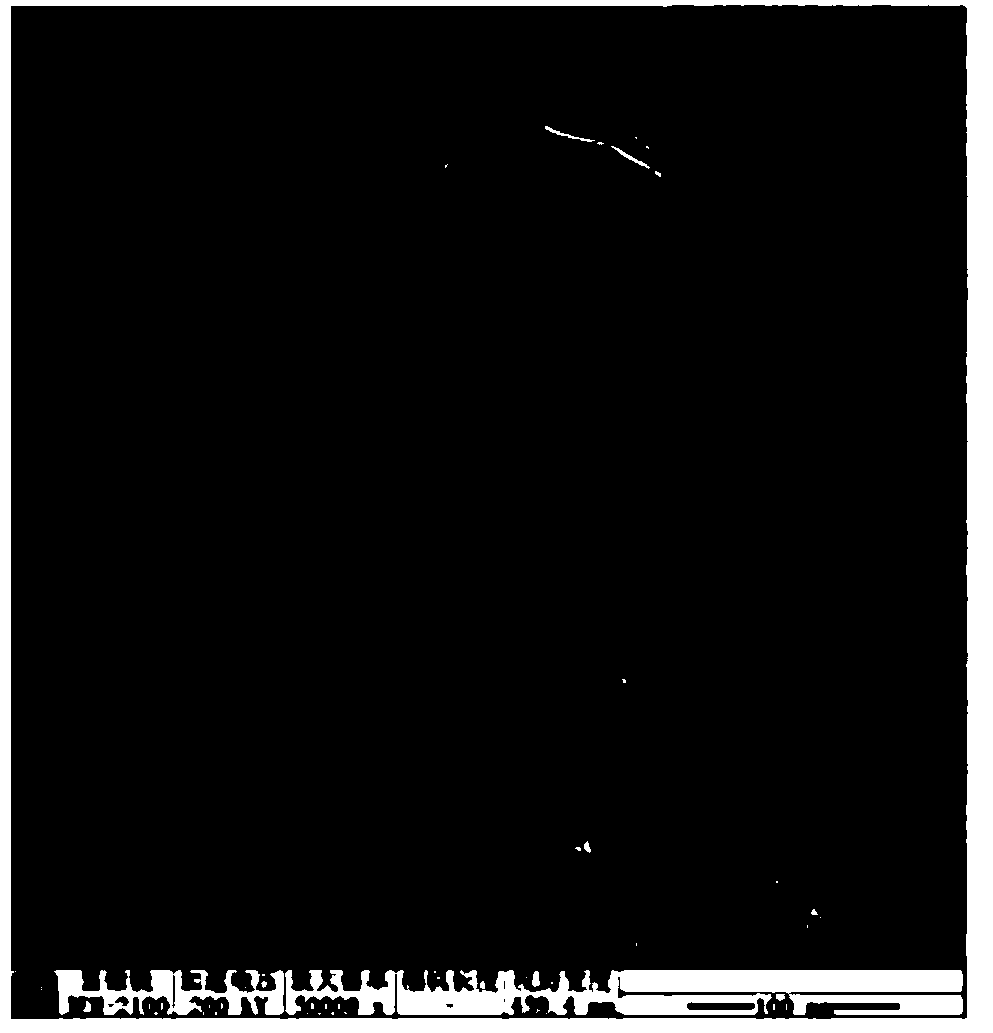Dispersion method of graphene in phenolic resin and graphene-modified phenolic resin
A technology of graphene modification and phenolic resin, which is applied to the dispersion method of graphene in phenolic resin and the field of graphene modified phenolic resin, can solve the problems affecting the quality of phenolic resin and the concentration of formaldehyde solution, and achieve high strength, Avoid the effect of volatilization
- Summary
- Abstract
- Description
- Claims
- Application Information
AI Technical Summary
Problems solved by technology
Method used
Image
Examples
preparation example Construction
[0048] In the present invention, the biomass carbon source is preferably one or both of cellulose and lignin; more preferably cellulose; most preferably porous cellulose. In the present invention, the preparation method of the porous cellulose preferably includes the following steps:
[0049] A), hydrolyzing biomass resources in acid to obtain lignocellulose, said biomass resources including one or more of plants and agricultural and forestry wastes;
[0050] B) Treating the lignocellulose to obtain porous cellulose, the treatment includes acid treatment, salt treatment or organic solvent treatment.
[0051] In the present invention, the biomass resources are preferably hydrolyzed in acid to obtain lignocellulose, and the biomass resources include one or more of plants and agricultural and forestry wastes. In the present invention, the hydrolysis temperature is preferably 90°C to 180°C, more preferably 120°C to 150°C. In the present invention, the hydrolysis time is preferab...
Embodiment 1
[0103] At 90° C., hydrolyzing corncobs in sulfuric acid for 10 minutes to obtain lignocellulose, the mass of the sulfuric acid being 3% of the mass of the corncobs;
[0104] At 70°C, the lignocellulose was subjected to acidic sulfite treatment for 1 hour to obtain porous cellulose, the pH value in the acidic sulfite treatment process was 1, the acid was sulfuric acid, and sulfite It is magnesium sulfite, the quality of the sulfuric acid is 4% of the quality of the lignocellulose, and the liquid-solid ratio is 2:1.
[0105] The obtained porous cellulose is bleached with hydrogen peroxide, the mass of the hydrogen peroxide is 5% of the mass of the porous cellulose, the bleaching temperature of the hydrogen peroxide bleaching is 100° C., and the bleaching time is 5 hours.
Embodiment 2
[0107] At 180°C, hydrolyzing corncobs in nitric acid for 10 hours to obtain lignocellulose, the mass of the nitric acid being 20% of the mass of the corncobs;
[0108] At 180°C, the lignocellulose was subjected to acidic sulfite treatment for 6 hours to obtain porous cellulose, the pH value during the acidic sulfite treatment process was 7, the acid was sulfuric acid, and sulfite It is sodium sulfite, the quality of the sulfuric acid is 30% of the quality of the lignocellulose, and the liquid-solid ratio is 20:1.
[0109] The porous cellulose is bleached with hydrogen peroxide, the mass of the hydrogen peroxide is 5% of the mass of the porous cellulose, the bleaching temperature of the hydrogen peroxide bleach is 100° C., and the bleaching time is 5 hours.
PUM
| Property | Measurement | Unit |
|---|---|---|
| concentration | aaaaa | aaaaa |
Abstract
Description
Claims
Application Information
 Login to View More
Login to View More - R&D
- Intellectual Property
- Life Sciences
- Materials
- Tech Scout
- Unparalleled Data Quality
- Higher Quality Content
- 60% Fewer Hallucinations
Browse by: Latest US Patents, China's latest patents, Technical Efficacy Thesaurus, Application Domain, Technology Topic, Popular Technical Reports.
© 2025 PatSnap. All rights reserved.Legal|Privacy policy|Modern Slavery Act Transparency Statement|Sitemap|About US| Contact US: help@patsnap.com



